(3688 products available)





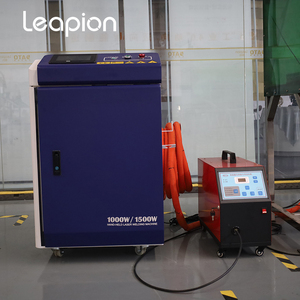


















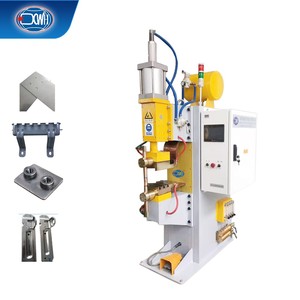

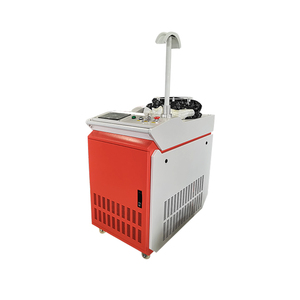


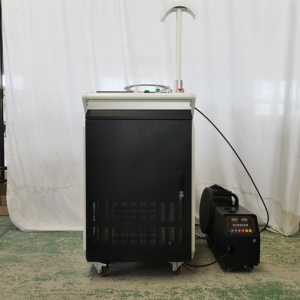







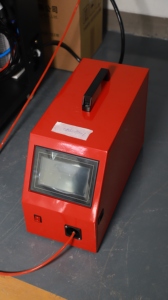


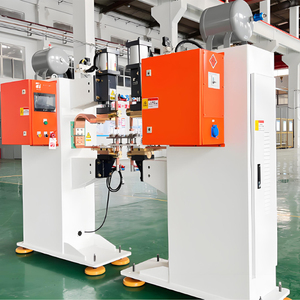
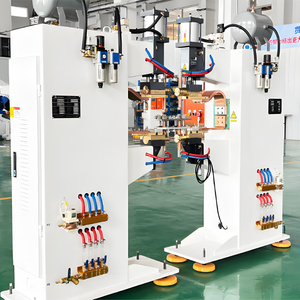

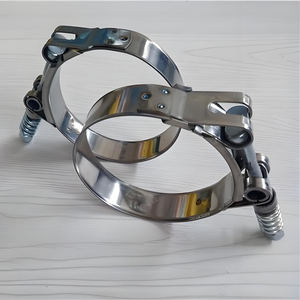





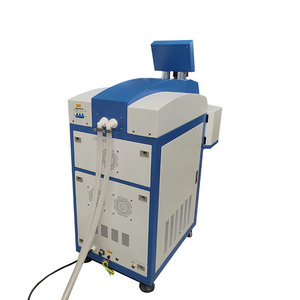


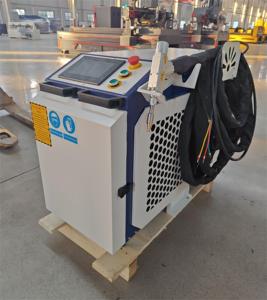





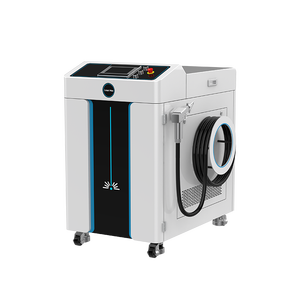

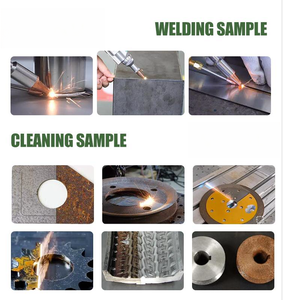
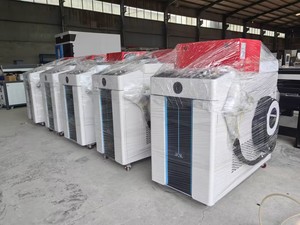



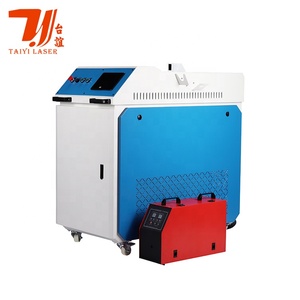






























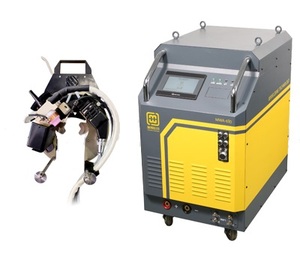



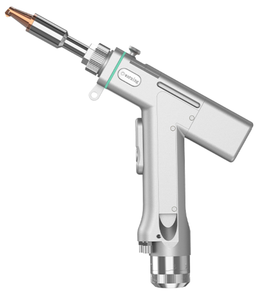





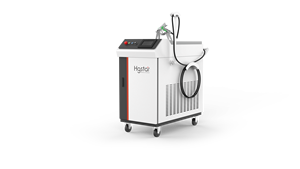





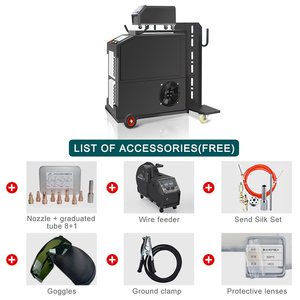
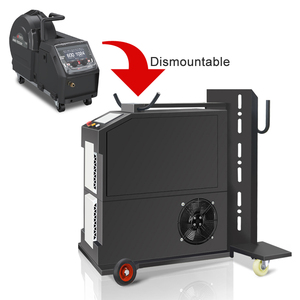


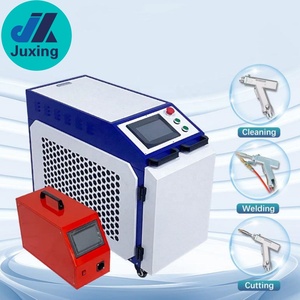


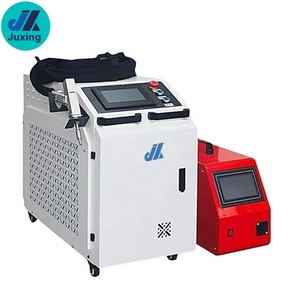








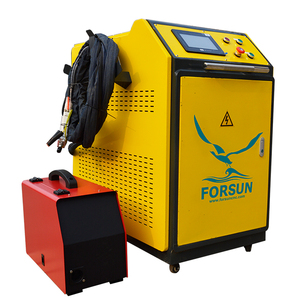







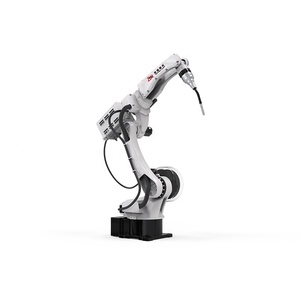
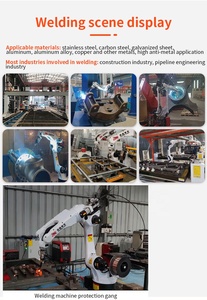

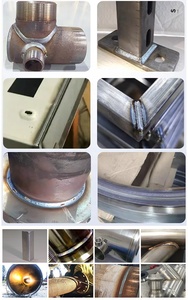


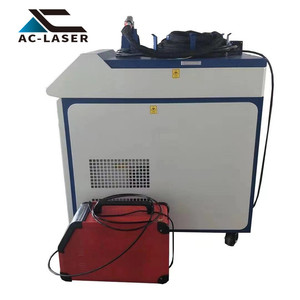

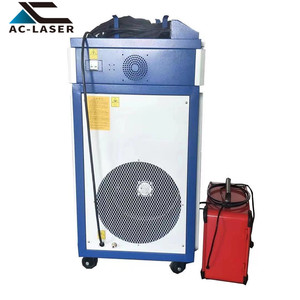
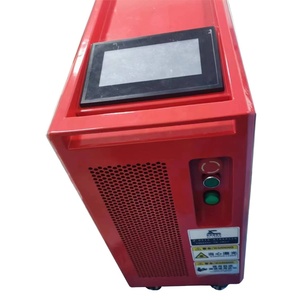


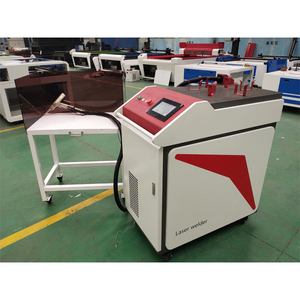

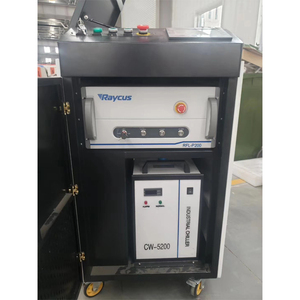



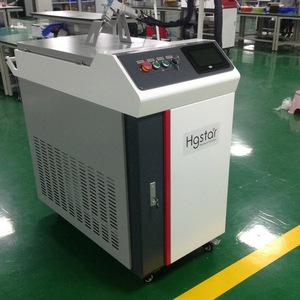
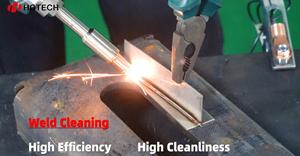

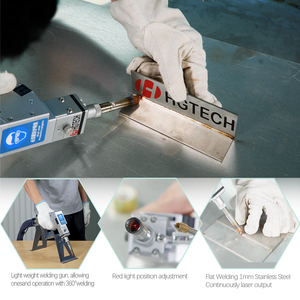
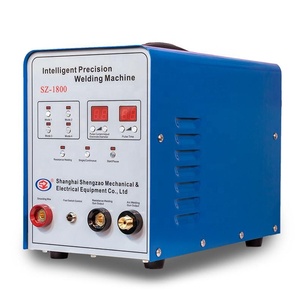

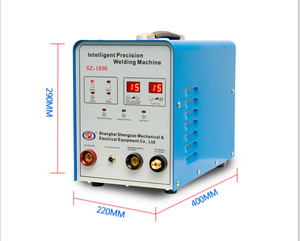








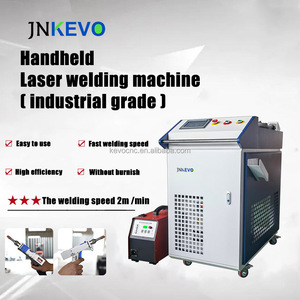

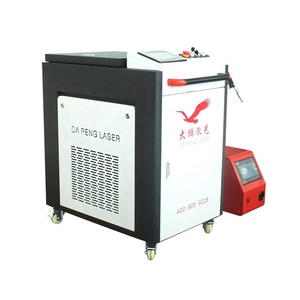




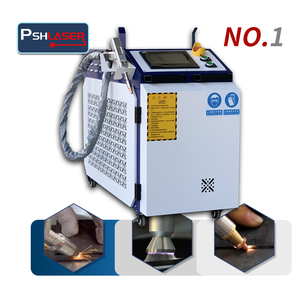
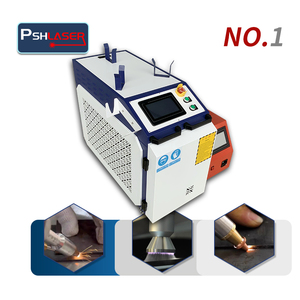


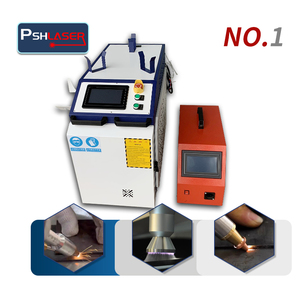

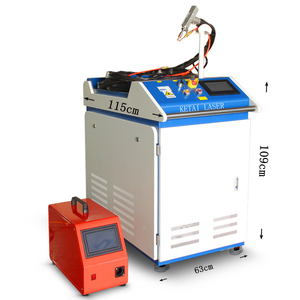


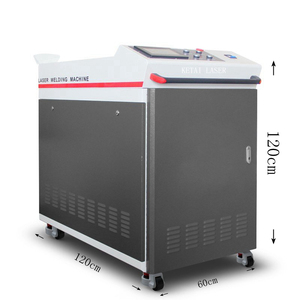
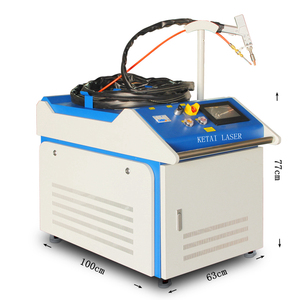
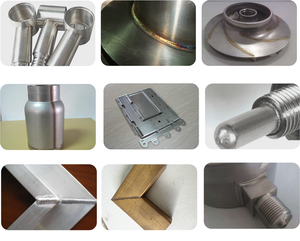

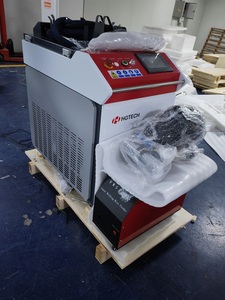


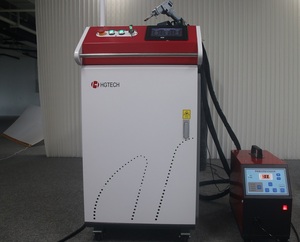


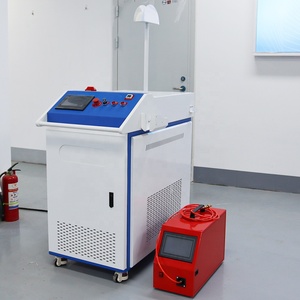

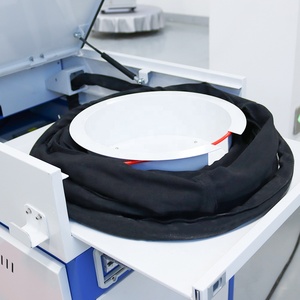














Stainless Steel Welders are available in different types as each has unique functions. Knowing the various types available in the market helps in choosing the right welder suitable for different projects.
A stick welder is also known as shielded metal arc welding (SMAW). This type of welder is the most common used in welding stainless steel. Stainless steel welders use welding rods that have a coating of flux material. This coating releases a gas that protects the weld area from contamination. Stick welders are used because they offer flexibility, especially in outdoor conditions and when working on irregular surfaces.
TIG welders are used for tungsten inert gas welding. A TIG welder machine is very powerful as it produces high-quality welds. It does so by using a non-consumable tungsten electrode to produce the weld. TIG welding is slow and requires more skill. However, it is ideal for thin materials and where precision is critical. A TIG welder for stainless steel and other metal types works under a gas chamber for all welds not to mix up with any forms of contamination.
MIG welding is also known as metal inert gas welding. This process uses a continuous wire feed as the electrode. This wire acts as both filler material and power source. The MIG welder machine is easy to operate, making it suitable for beginners. It can quickly weld thicker stainless steel. However, it is less control than TIG welding.
Flux-cored welding is similar to MIG welding. An automatic welding machine works the same as other machines. It still uses a wire feed but with a hollow core filled with flux powder. This type of welding creates its shielding gas, making it ideal for outdoor use. It allows deep penetration and is used in heavy-duty welding.
Various parts or materials of a stainless steel welding machine make it strong or durable. Their increased level of performance and resistance to wear and tear makes them strong.
These machines have durable housing made of steel or aluminum. These materials protect internal components from damage and have long-lasting properties. These materials are dent-resistant and outdoor-proof. Also, stainless steel used in the machine is corrosion-resistant. This feature ensures the machine withstands harsh working environments without weakening.
Welders come with strong motors that drive the wire feed or electrode. These elements ensure smooth operation during the welding process. The motive powers of these machines are built to last even in extreme conditions. They do not easily overheat or get damaged. Thus, they are efficient throughout their long operation periods.
Strong welders include high-quality, precise components like gears, pulleys, and shafts. These features enhance the machine's performance and minimize wear and tear. Precision parts ensure smooth operation and reduce strain on the machine. The strain would normally lead to quick deterioration.
Whether the machine is an AC welding machine or a DC, all come with adequate cooling systems. These cooling systems prevent overheating, especially during long welding sessions. It helps keep all parts within the machine at optimal operating temperatures. Thus, it reduces the possibility of damage to these parts. This maintenance increases the machine's lifespan and reliability.
Stainless steel welders are strong due to features that protect both the weld and the machine. Run-ins ensure there is a stable arc at the start of the weld. On the other hand, burn-back controls prevent the wire from melting at the tip. These features contribute toward a cleaner and more efficient weld. They also reduce rework and machine strain and improve durability.
Stainless steel welders are suitable for large-scale operations within the industrial arena. They help create strong, durable, and rust-resistant joints in various commercial applications.
Welders are also used to join very large and massive parts in heavy industries. In heavy industry welding, the workpieces are heavy and bulky, but the joints only require a small proportion of welded area. Therefore, automated welding is preferred. Common welding methods used include submerged arc, automatic electro gas, or electro slag. These methods can quickly and efficiently weld large structures.
Migrated from ancient canoes and pirogues, ships have come to be some of the largest vessels. These vessels have many parts that are difficult to lift or maneuver. As a result, the welding methods used here are the same as those used in heavy industry. They include electro-slag welding and submerged arc welding. They are the best welding for thick metal since they thoroughly penetrate the metal, leaving no area unwelded. This capability is crucial for vessels that need to withstand heavy loads.
The petrochemical industry deals with flammable chemicals that require strong welding. Gas welding is used to construct pipelines, pressure vessels, and storage tanks. These tanks and vessels have to be very strong due to the nature of materials they contain. This feature is why they commonly use stainless steel MIG welding. This technique offers a balance between speed and strength. For example, tank manufacturers use short-circuiting stainless steel welders, which do not require much power.
Stainless steel is available in many pharmaceutical equipment due to its nonporous quality. The quality prevents germs from harboring in it and easy sterilization of the equipment. This feature makes it excellent for the hygiene factor. Thus, welding machines for stainless steel are essential in this industry. The machines have to work on equipment with walls that are thick and are made of stainless steel.
Like the pharmaceutical industry's equipment, food processing also uses welders. The stainless steel makes equipment easy to clean. It also reduces food contamination and ensures food remains safe for consumption. The welding machines used here must meet health regulations and offer a strong final product that will not easily dent or corrode.
A buyer should consider various factors to make a good stainless steel welder purchase. These factors, apart from the demand, guide buyers in selecting the right welder for their end customers.
The work clamp of the stainless steel welder for sale should be robust and sturdy. A work clamp that can work with thick steel plates is crucial. This aspect makes it ideal for heavy-duty welding. One with a wide opening range and a secure grip will provide a stable electrical connection during the operation. It improves the quality of the weld.
Factory welders come with several features that are easy for the operators. Easy welders have auto settings, so the operator does not have to frequently alter the welding voltage or current. They also have spooling and threading that have been made easy. They are user-friendly and are suitable for all levels of expertise. Such machines are a welder operator for beginners friendly and for experienced welders. They enable novices to grasp the art of welding.
Customers will go for welders that operate quickly as they are more productive. Cordless welders with faster wire feed speeds allow for quicker material joins. Machines with adjustable speeds give welders control to provide versatility for different projects.
Portability is crucial for clients who will be moving their machines from one site to another. Portable welders are lightweight and easy to transport. Manufacturers also offer them in compact designs that allow them to fit into tight spaces. Therefore, clients who do welding repairs in yards or manufacturers who offer mobile welding services in diverse regions will benefit from portable welders.
Welders with a long warranty period are convenient and secure for the long haul. It assures users of support if the machine undergoes covered defects or issues. Besides, a warranty also indicates that the manufacturer has confidence in the machine's durability and sturdiness.
A1. Stainless steel that ranges between 16 to 30 gauge does not require much work and is easily welded by any typical welder. However, for those thicker than 16 gauges, it Nbcom requires more power and expertise and machinery, thus ideal for a TIG welder for stainless steel.
A2. TIG welding is better because it provides precise control, which creates clean and strong welds. TIG welding is ideal for thin stainless steel as it offers smooth operation. On the other hand, MIG welding is faster and suitable for thicker materials.
A3. The recommended current for welding stainless steel using the MIG method is 20 to 25 amps per millimeter of thickness. For longer welds, the amperage should be between 5 to 10 amps per millimeter of thickness.
A4. Grade 304L holds the test of time to both corrosive elements and all forms of temperature. Thus, it is the most preferred stainless steel grade for welding. It is a mixture of iron, chromium, nickel, and around 8% of manganese. All these are combined into one to form a solid structure that outsmarts its environment.
A5. Yes, it can be welded without losing its corrosion resistance ability. However, It is a strong advocate for using low-carbon versions of steels 316 and 304. They help control carbide precipitation when welding.